- An ode to the forest
- Welcome to Chai Time at Aramness
- Food That Nourishes
- Experience the Aramness Way
- Take A Walk On The Wild Side
- That Wonderful Time of the Year
- A Truly Iconic Safari Experience
- Diversity of life in the Gir ecosystem
- The Winter Season Safari Premiere
- From A Naturalist's Lens
- Embracing Stillness in Gir
- The Feathered Friends of Gir
- Our Closest Connection to Wilderness
- The Cuddly Side of Lions
- What Deer & Parakeets Reveal About Gir’s Wild Heart
- Wildlife Wonders at Aramness
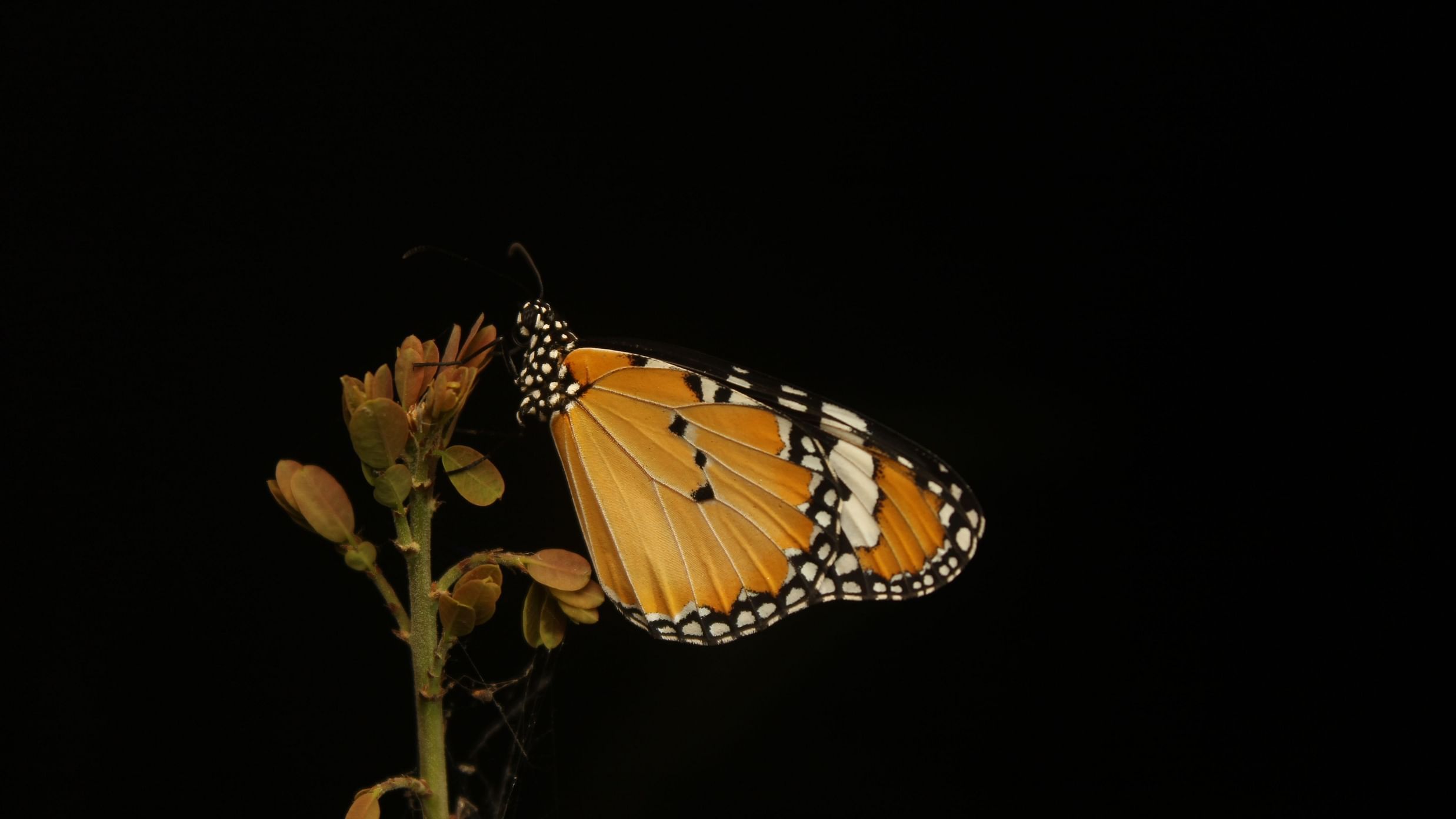
With the entire Gir forest waiting in anticipation for rains, our naturalist Krunal talks about how the monsoon comes with its set of incredible rewards.
Right from May, the countdown to the onset of monsoon in India gets started. The moment when the clouds envelop the sky and the fresh smell of rain fills the surroundings is a delightful time for most, indeed.
without rain, there would be no life.” - John Updike
For about half a year, the scrubland and teak forest of Gir National Park and sanctuary is dry and patiently waiting for monsoon season to arrive. The Indian Monsoon has two branches – one from the Arabian Sea and one from the Bay of Bengal. The southern part of Gujarat experiences the full force of the Arabian Sea branch of the monsoon, with Gir wildlife sanctuary and National Park being transformed from a dry savanna-woodland into a vibrant green paradise.
The moment when the nimbus clouds take over the skies slowly and gradually, indicating the arrival of a magnificent downpour. Animals and birds have a special power that makes them understand the changes in nature. Acute sensitivity to temperature, humidity, and pressure offers plants and animals such as frogs, ants, and birds prior notice of this season. It is as if the entire forest has been waiting in anticipation.
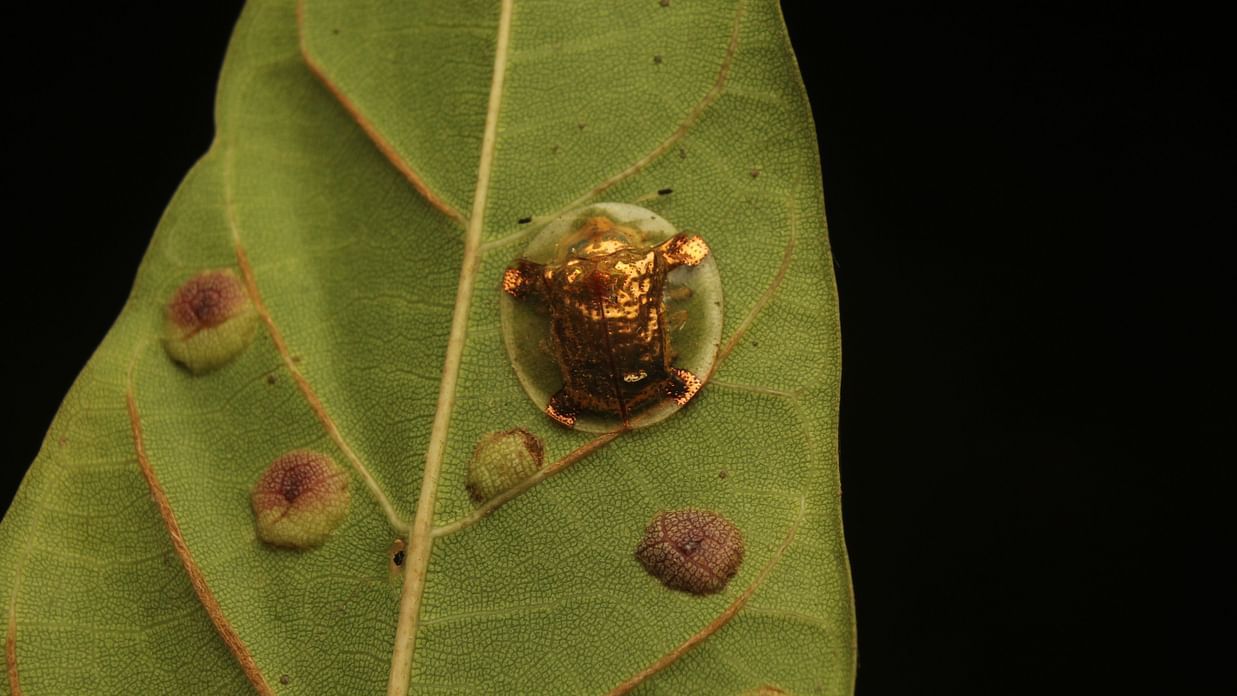
Golden Tortoise Beetle

Common Tree Frog
Male frogs and toads start croaking to find mates. It is believed that croaking frogs are indicators of good rain. Snake activity increases in the monsoon season due to multiple reasons, for example, an abundance of prey availability, burrows filled with water, amongst others.
Once this season starts, a number of species initiate breeding in the forest. There is no single identifiable mating season in India, however, Sasan Gir in monsoon is a preferred time for many species. Because of the greater availability of forage for herbivores / increased abundance of insects, many birds and mammals tend to have breeding seasonality that takes advantage of these factors to raise their young in this time of relative food abundance. These breeding species play an important role in maintaining the ecological balance that supports the apex species. Basically, the monsoon break provides an opportunity for the forest to rejuvenate itself.
Gir is well known for the Asiatic lions but there are many other creatures, which are present in the Gir landscape but often ignored or paid less attention to. Butterflies, dragonflies, damselflies, spiders, frogs are a few of those creatures which demand more attention. It’s impossible to overstate their importance in keeping ecosystems and humans healthy and functioning. These creatures are nearly invisible throughout the dry summer months, but they reappear after a few rainy spells. These species are quiet, small, and fit in well with their surroundings. As a result, you'll need the patience to wait quietly while they go about their activity. It is usually preferable to go out into nature during the monsoon season to make the most of it. These small creatures create the biological foundation for all terrestrial ecosystems. They cycle nutrients, pollinate plants, disperse seeds, maintain soil structure and fertility, control populations of other organisms, and provide a major food source for other taxa.
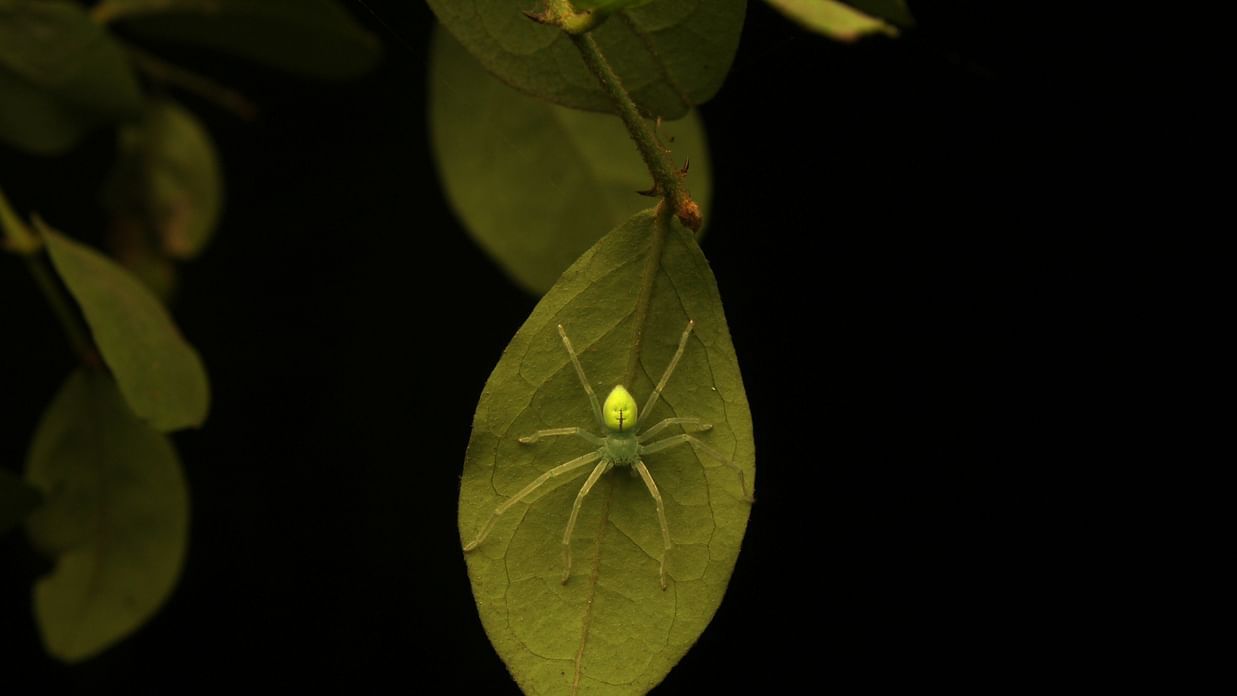
Green Huntsman Spider
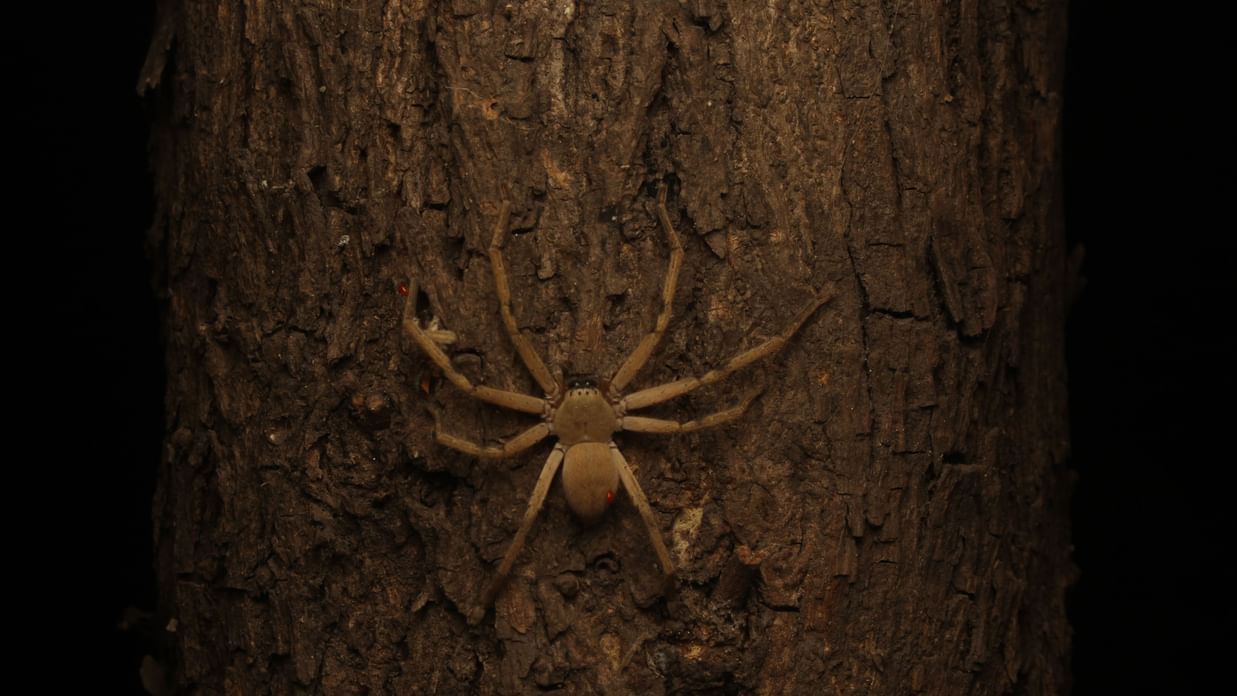
Huntsman Spider
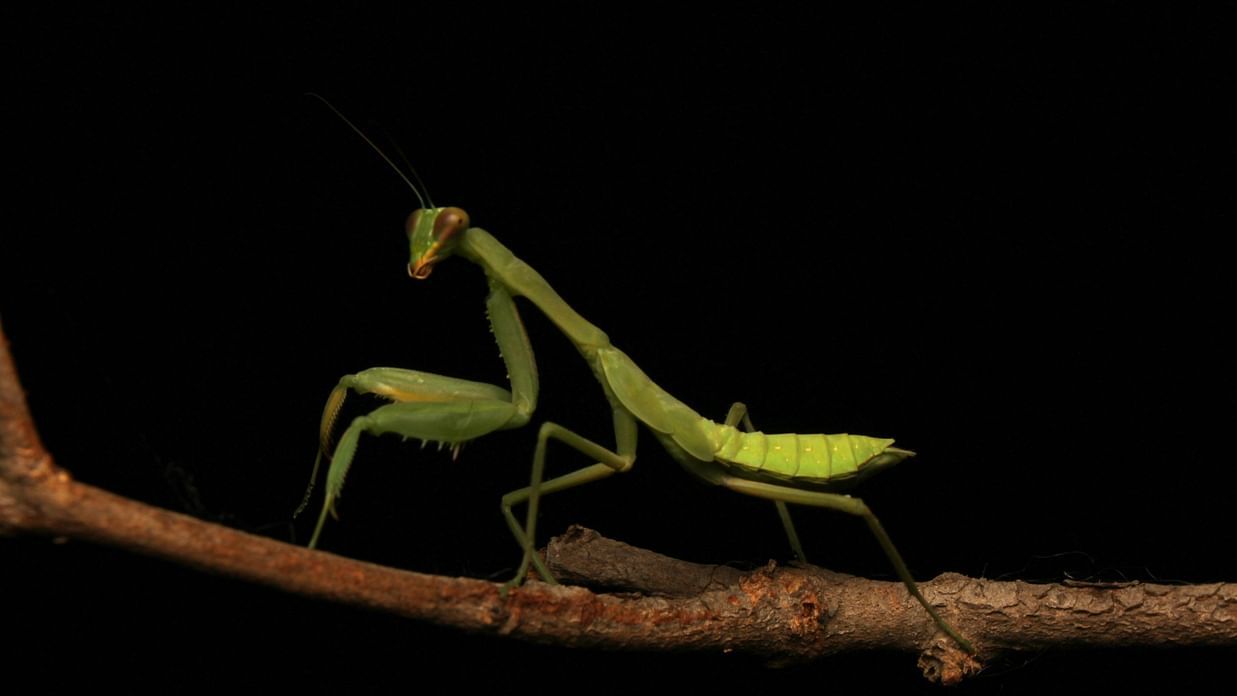
Praying Mantis

Three-striped Blue Dart
Butterflies are important pollinators like bees. Dragonflies need clean aquatic systems and are hence a good indicator of health of local aquatic systems. These along with damselflies, are well-known biological predators with both larvae and adults acting as natural bio-control agents. Frogs play a pivotal role in ecosystem as secondary consumers in many food chains.
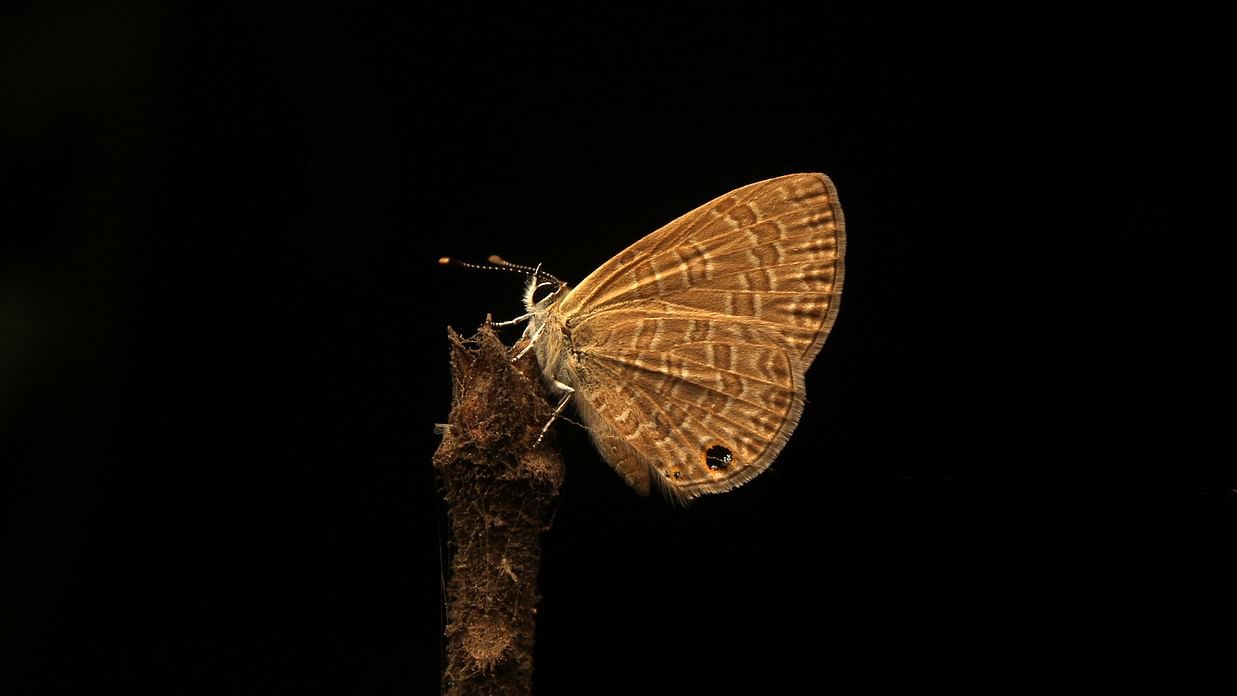
Tailless Line Blue
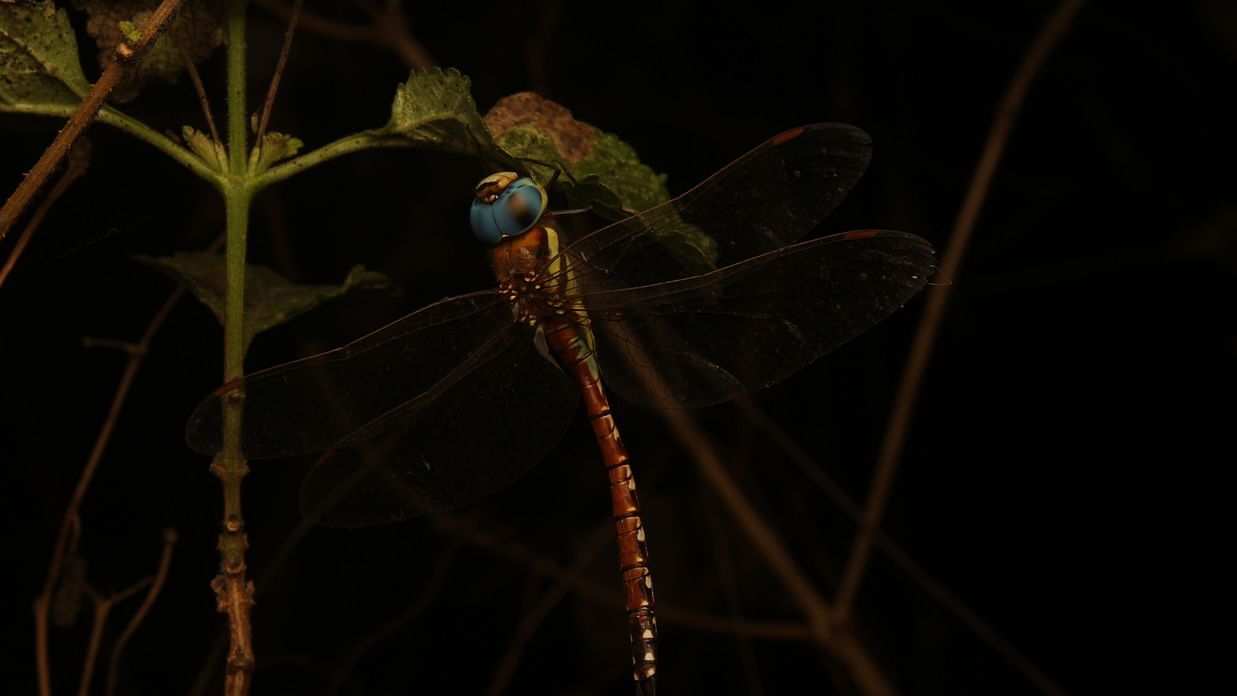
Rusty Darner
Increasing globalisation and changing climates are constantly reshaping the abundance, diversity, and distribution of insect communities. Sadly, these beautiful creatures are becoming less and less common. We are losing their natural wonders as insects are increasingly disappearing throughout the world.
At Aramness Gir, we are rewilding the unused land, meadow gardens and have also created artificial waterbodies within our lodge. These rewilded areas act as suitable habitats for numerous species. One can easily spot butterflies, dragonflies, damselflies, spiders, frogs, etc. while taking a stroll in Aramness. Come and see for yourself.
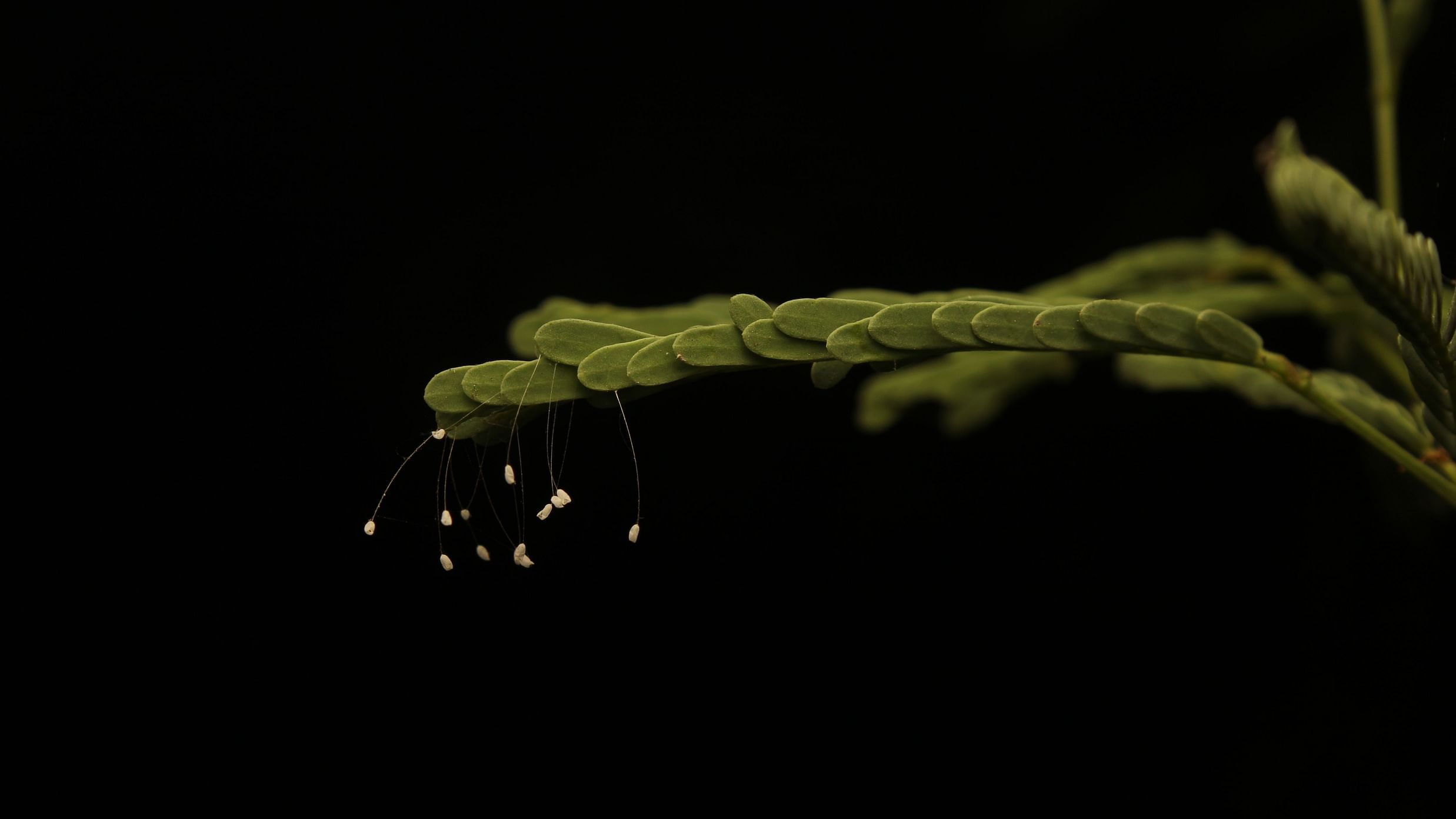
Green Lacewing Egg Shell

